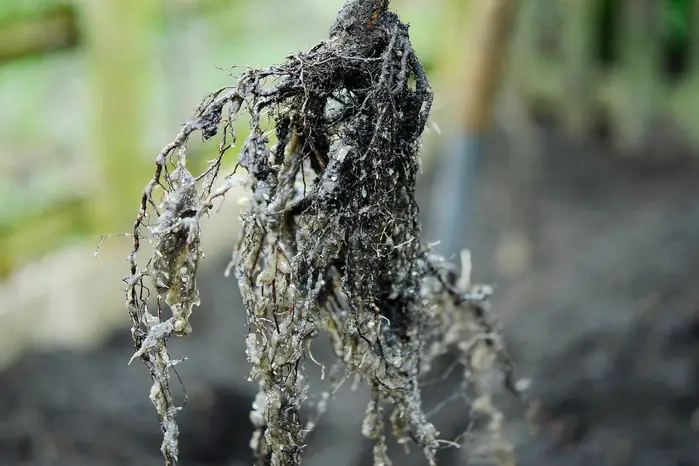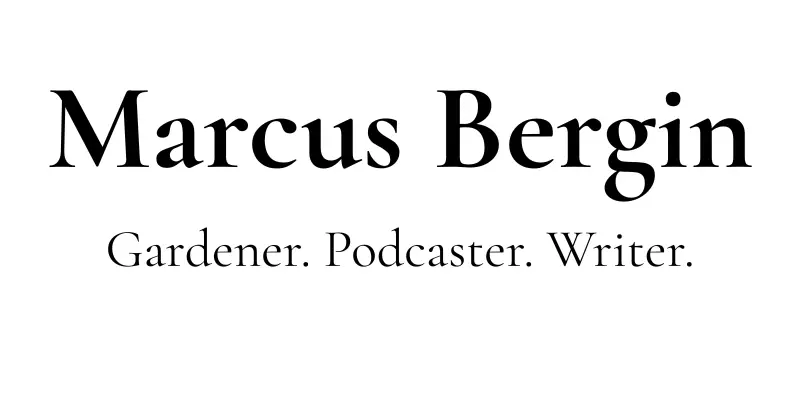Mycorrhizal Fungi: The Hidden Network That Feeds Your Garden

You can’t see it, but it’s there—an ancient, living web just beneath the surface of your garden. A network so vital, so quietly efficient, that without it, your plants would struggle to survive, let alone thrive. Welcome to the world of mycorrhizal fungi—the underground alliance your garden depends on.
What Are Mycorrhizal Fungi?
In simple terms, they’re beneficial fungi that form a symbiotic relationship with plant roots. While roots gather nutrients from the surrounding soil, these fungi act as nature’s extension cords—reaching out far beyond the roots themselves to gather water, phosphorus, and other essential nutrients.
The deal is elegant: the plant feeds the fungi with sugars produced through photosynthesis, and the fungi repay that investment by boosting the plant’s access to nutrients and moisture. It’s like upgrading from a single tap to a full irrigation system underground.
But there’s more.
The Wood Wide Web — And Yes, It Works in Your Garden
In undisturbed soils, like those in ancient woodlands, mycorrhizal networks can stretch 10 metres or more. These fungal threads—called hyphae—don’t just transport nutrients. They respond to need:
A thirsty plant can receive moisture from a partner metres away.
A pest-stressed shrub may trigger warnings to others nearby.
A struggling seedling might get carbon passed down from a well-established tree.
This quiet communication and support system has earned the name the Wood Wide Web, and it’s not just a forest phenomenon. It happens in your garden too—especially around hedges, mixed borders, trees, and perennial beds.
Why It Matters More Than You Think
When you support these fungal networks, you’re not just feeding plants. You’re creating a more resilient, self-sustaining ecosystem:
Healthier soil structure with improved drainage
Greater drought tolerance and disease resistance
Better nutrient uptake, especially in poor soils
Smoother establishment for new plants near mature ones
The changes might not be obvious straight away, but over time, your garden becomes more balanced, lush, and interconnected.
How to Support Mycorrhizal Fungi in Your Garden
You don’t need a microscope or a biology degree—just a shift in how you treat the soil:
DO:
Plant into the ground wherever possible—containers limit fungal networks
Use mycorrhizal inoculant when planting trees, shrubs, or perennials
Mulch with organic matter like leaf mould, compost, or bark
Leave old roots in place when possible—fungi continue to live on them
Water gently—don’t flood or let the soil go bone dry
DON’T:
Over-dig or rotovate—it breaks the delicate threads
Use heavy fertilisers or fungicides—they can disrupt or destroy the fungi
Leave soil bare—cover it with plants, mulch, or green manures
Final Thoughts: The Magic Beneath Your Boots
The most important part of your garden isn’t always what you can see. It’s the life that hums below the surface—quiet, consistent, and astonishingly efficient. When you nurture your soil’s microbial world, you’re investing in a garden that will thrive not just for one season, but for many years to come.
Have you used mycorrhizal fungi when planting? Noticed a difference in how plants establish? Share your thoughts in the comments of this Facebook post. We’re all still learning from the ground up.
Happy Gardening.
— Marcus
